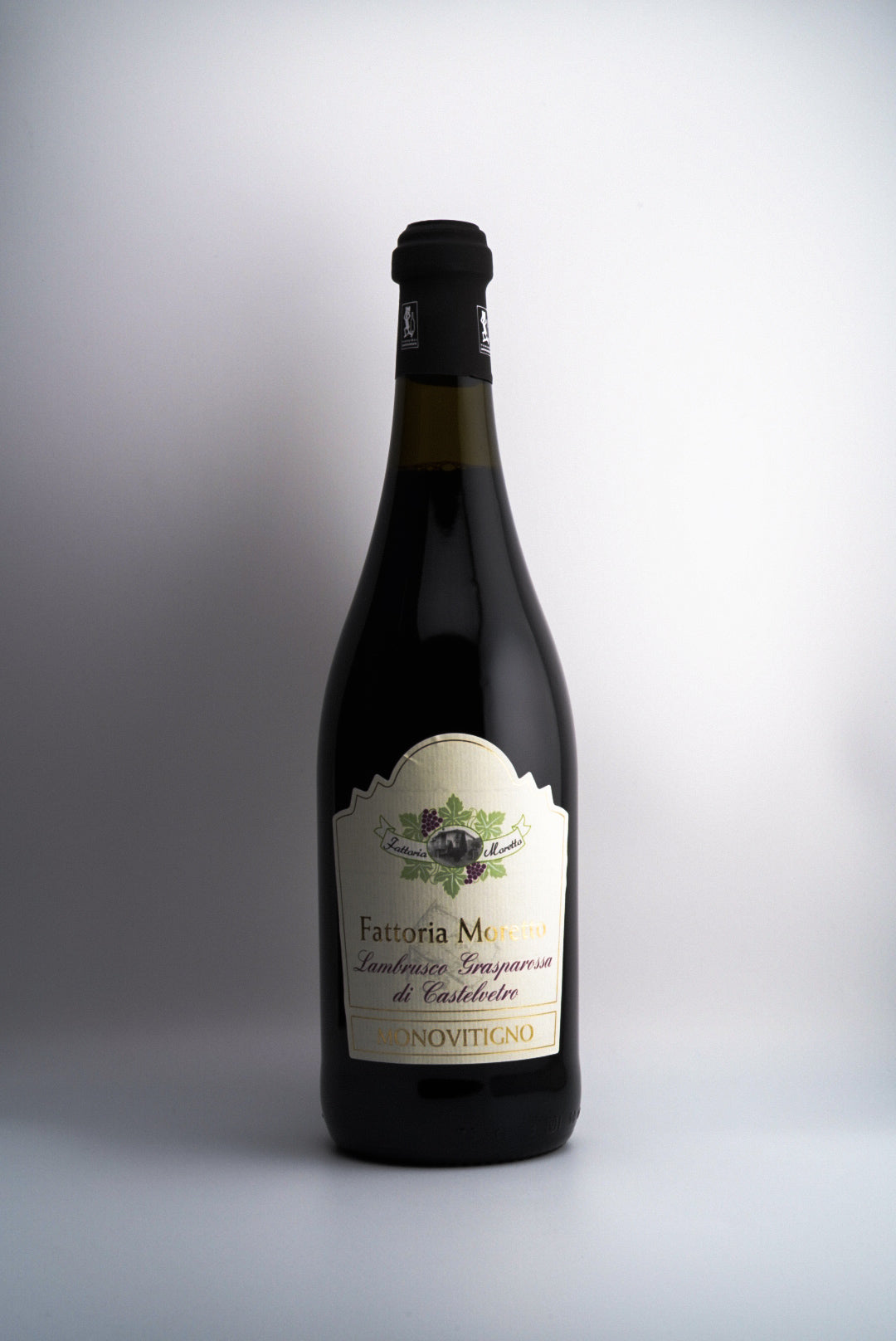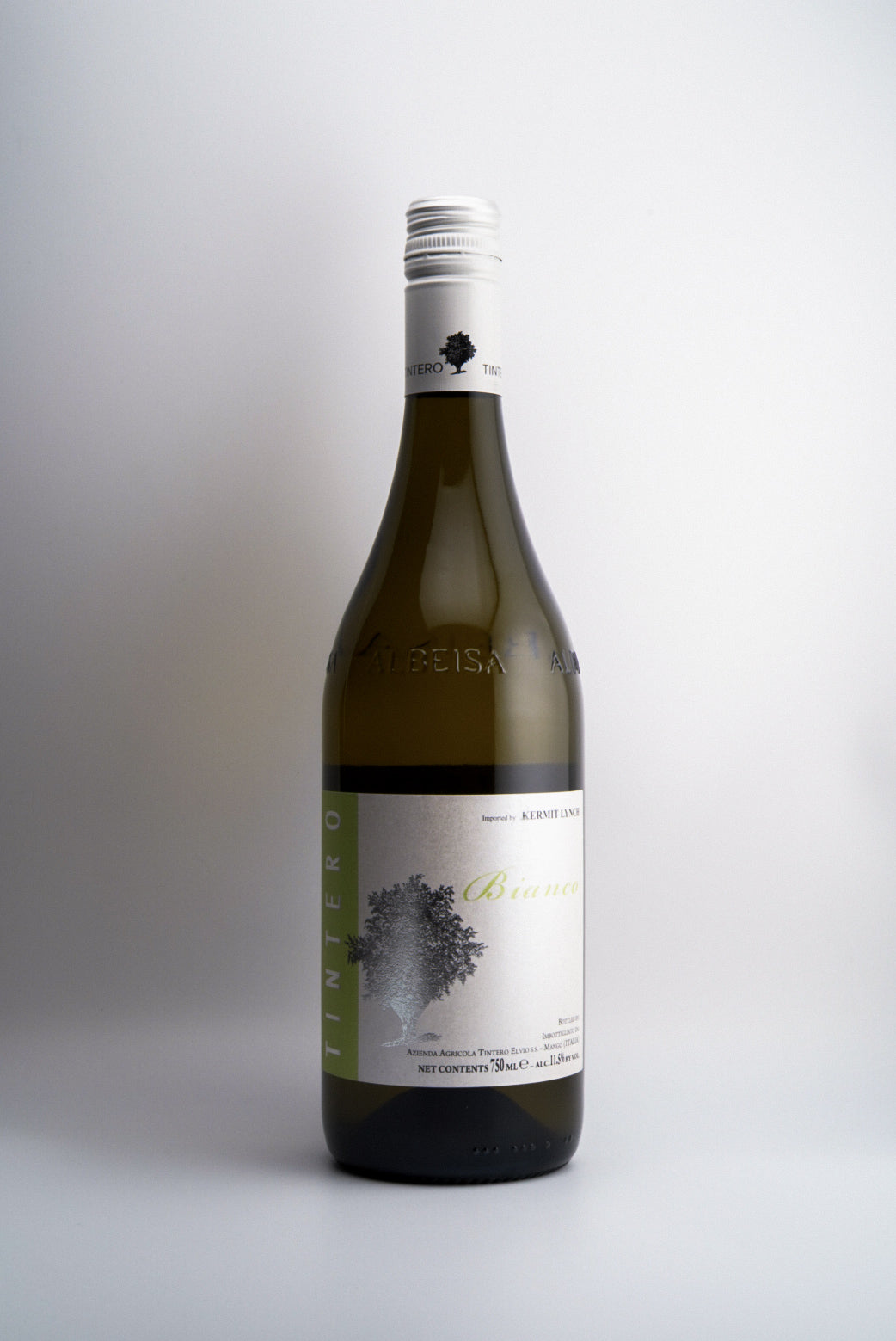How Do You Read a Wine Label?
Decoding Wine Labels: Old World vs New World
Wine labels can be confusing, especially when comparing Old World and New World wines. Let's break down the differences and help you understand what you're really getting in that bottle.
Old World Wine Labels: A Complex Puzzle

Old World wine labels tend to be more intricate, often omitting the grape variety. This can be challenging for consumers who aren't familiar with regional wine production.
Why Are Old World Labels So Complex?
The complexity stems from a focus on:
- Terroir (the environmental factors affecting the wine)
- Regional traditions
- Appellation systems
Decoding an Old World Wine Label: A Chablis Example
Let's examine a Chablis Grand Cru label from top to bottom:
-
Chablis Grand Cru:
- Chablis: The wine region (AOC in France)
- Grand Cru: The highest quality designation for Chablis
-
Appellation Chablis Grand Cru Contrôlée:
- Certifies the wine's origin and adherence to regional standards
-
Bougros:
- The specific vineyard or 'climat' in Chablis (only 15 hectares)
-
Côte Bouguerots:
- The producer's name for this specific wine
-
Domaine William Fevre:
- The producer's name
- "Domaine" indicates it's from their main house in Chablis
-
2008:
- The vintage (year the grapes were harvested)
-
Estate grown, produced, and bottled by William Fevre, Chablis, France:
- Indicates all aspects of production occurred on-site
-
Produced in France, Product of France:
- Legal terms required by French law
-
White Burgundy Wine:
- A somewhat misleading term, as Chablis only allows Chardonnay
Old World Label Quirks
- Grape varieties are often not mentioned
- Regional knowledge is assumed
- Quality designations can be complex
New World Wine Labels: Simplicity and Clarity

New World wine labels prioritize consumer-friendly information, making it easier for buyers to understand what's in the bottle.
Key Features of New World Labels
- Clearly stated grape variety (must be at least 85% of the wine)
- Harvest location (from broad regions to specific vineyards)
- Producer name
- Vintage (if 85-95% of grapes are from the same year)
The Evolution of New World Labels
Modern New World labels are pushing boundaries:
- Minimalist designs with trendy artwork
- Focus on visual appeal to attract consumers
- Some labels may omit traditional information entirely
Comparing Old World and New World Labels
| Old World | New World |
|---|---|
| Complex | Straightforward |
| Region-focused | Grape-focused |
| Requires wine knowledge | Consumer-friendly |
| Traditional designs | Modern, sometimes minimalist designs |
Why Understanding Wine Labels Matters
- Helps you make informed purchasing decisions
- Enhances your wine tasting experience
- Allows you to explore wines with confidence
- Impresses friends and colleagues with your wine knowledge
Navigating the World of Wine Labels
Whether you're facing an intricate Old World label or a sleek New World design, understanding wine labels is key to enjoying and appreciating wine. With practice, you'll be able to decode even the most complex labels and choose wines that suit your taste preferences.
Remember, the most important thing is to enjoy the wine inside the bottle, regardless of what the label says!
Have questions? We love talking wine, so drop us a line!
Wine 101

Wine Region Guides Jerez-Xérès-Sherry Guide: Everything You Need to Know Jerez-Xérès-Sherry is one of the most misunderstood wine regions on earth and also one of the most thrilling. Sherry can be bone-d...
Read more →Latest articles

Wine Education · Regional Guide Is the Rhône Valley the World’s Most Versatile Wine Region? From granite-terraced Northern Rhône Syrah to sun-soaked Southern Rhône Grenache, the Rhône Valley does reds, whi...

What if a night at your favorite wine bar did more than pour great Cabernet? A recent UK evaluation of pubs quantified big community benefits—less loneliness, better access to services, more resilient neighb...

Wine Education · Opinion Don’t Fear Non-Vintage: The Case for Blending Across Seasons We expect wine to behave like a time capsule. One year, frozen in glass. But a single season can be cruel or kind, and ...

What's Below: BBQ & Grilling Perfect Red Wines Meat & Wine Matches Veggie Grill Wines Pool Party Essentials Crisp White Wines Rosé All Day Sparkling Options Party Planning Ho...

What's Below: European Gems Slovenia's Hidden Tuscany Austria's White Wine Wonderland Spain's High-Altitude Surprise New World Discoveries Mexico's Wine Revolution Brazil's Italian Influ...

We've paired every single Trader Joe's cheese with the perfect wine. Your next cheese board is about to get very, very good. The Ultimate Trader Joe's Cheese & Wine Pairing Guide Look, Trader Joe...

"Liberté, égalité, fraternité" The key to great Bastille Day wine pairing is choosing authentic French wines that complement traditional French foods without overpowering them. Rich cheeses, herb-crus...

What wine should you have on 4th of July? These (All American) ones!

"Wine was never trying to be cool. And thank goodness for that." Every few months, another think piece declares wine dead. "Gen Z has killed wine." "Hard seltzers are the new wine." "Why wine isn't cool...

What's Below: The Foundation Introduction The Absolute Reality Real Shopping Experience Digital & Psychological The iPhone Test Psychology of Enhancement Addressing the Purists ...

Image source: Valentina Vineyards. San Diego's top source of organically farmed wine grapes. San Diego County boasts over 172 active wineries and vineyards across diverse microclimates, from coastal va...

Italy boasts a rich tapestry of wine regions, each with its unique terroir, indigenous grape varieties, and winemaking traditions. Join us on a journey through all 20 Italian administrative regions, from int...

The journey of wine grapes from vineyard to bottle is a fascinating process guided by both science and tradition. Let's explore how vignerons determine the perfect moment to pick their grapes for optima...

Easter Wine Pairings That Won't Disappoint Easter is hopping our way, and whether you're hosting an elegant brunch or a family feast, the right wine can transform your gathering from merely memorabl...

















